The jews are completely stealing and distorting above all the things that threaten them most. The most important question that torments me about the image of Zahhak, and that torments the whole Middle East reviving its roots, is how the most important image of the Serpent of Satan of all kinds of ancient Satanic religion, became the symbol of the enemy that gave birth to the jewish race, no more no less, and gave it the three jewish religions, in other words, it was stolen to make a jehovah out of it.
Zahhak is above all a symbol of a gigantic and very dangerous force, like the Serpent/Dragon of any other legend. The Slavic Serpent or the Gorynych Zmei in Russian legends was depicted in a very similar way, namely, it is a three-headed Serpent. The most interesting thing about the Serpent Gorynych (Gorynych holds the meaning of the whole three words: mountain, building process, city, and burning fire first of all (see the explanation below) – is that in those lands, where the tales about him existed, there were no mountains, at least high ones. The highest mountains of Russia are the Urals and Altai. There these images are known by other names. In the book Black Sun of the Slavs I have already mentioned how the Russian words Гора [“Gora”, meaning mountain], Город [“Gorod”, meaning city], Городить [Gorodit’ i.e. to build cities, to put a lot of things together in one pile or in one place], and also Гореть [Goret’ means to burn, to be burned] are connected in their root “gor”, they are all connected by the implication of the Serpent of Satan, GORynich Serpent, which ascends the spine, the traditional symbol of which are cities and mountains, and which is hot like fire.
And so, the really high mountains like the Urals and Altai had other names for similar beings in the tales that were told there, and there were many more of these beings. That’s where the greatest legends come from, now preserved only in images found in the ground and in the beliefs of local non-Aryan tribes like the Selkups and the Khanty-Mansi. Namely about lizards (Dragons, aka relict Dinsaurs, relict crocodiles). These great legends go back to a semi-legendary people known as the Chud. What unites them with the theme of Babylon the Great and the Religion of the Magi is their name: Chud is literally the People of the Magi, because Chud comes from the Russian word Чудо [Chudo, meaning miracle], or the root kud, i.e. words like kudesnik, i.e. wizard, sorcerer.
Next, I will introduce how these lizards were traditionally depicted and you will see extreme similarities to how Zahhak was traditionally depicted. The theme of the two Serpents or the three-headed Dragon. Here, of course, Ida and Pingala are meant. It is said that these two Serpents protected Zahhak. They approached his temporal Chakras, protruding from his shoulders and forming the shape of a heart. Two creatures are depicted in a very similar way around the third in Permian artifacts. These may not only be Serpents, very often birds or other lizard- or bird-like creatures are depicted, or even humanoid, so-called Moose-Men, who surround a human, bird or other moose-man. The three creatures can be quite similar and generally belong to the same species, remember that Zahhak himself was considered a Dragon, not too dissimilar from the Serpents from his shoulders. One may find creatures of the same type, such as a bird with three heads, or with additional bird-like heads on its shoulders. It can be a man surrounded by two humanoid creatures or with two human heads on his shoulders. It can be a man, it can be a woman. Very often there is a gesture typical for all antiquity, and especially for the Beast Style – hands on the Sacral Chakra or less often on the Solar and Sacral Chakras. Sometimes it is two people whispering something in the ears of a third person in the middle between them – again a hint to the Temporal Chakras and the meeting of two Nadis through them.
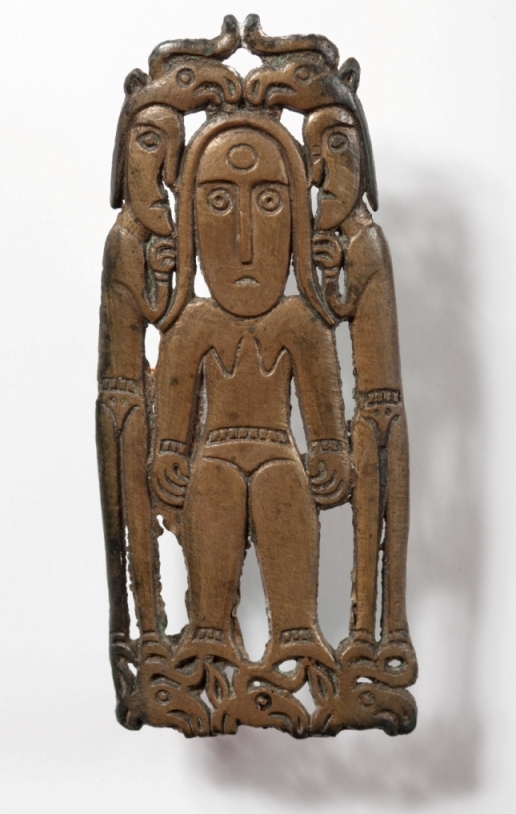 |
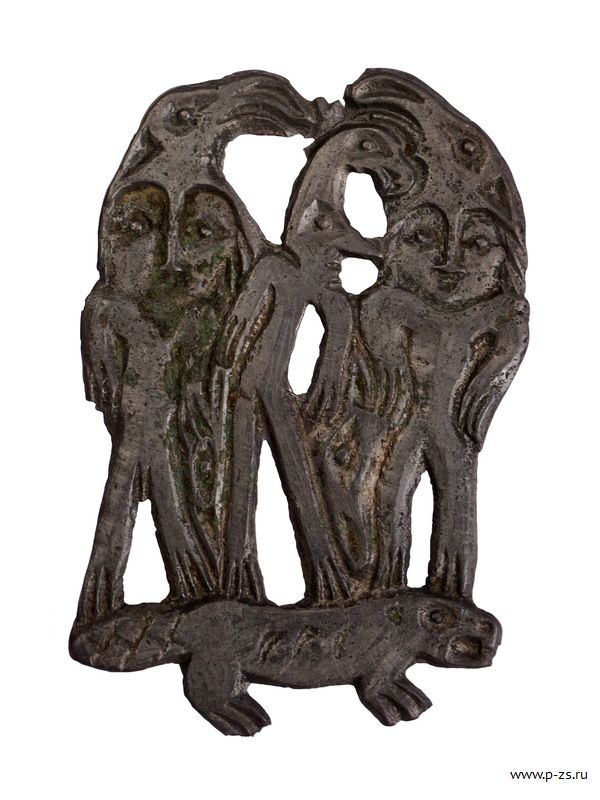 |
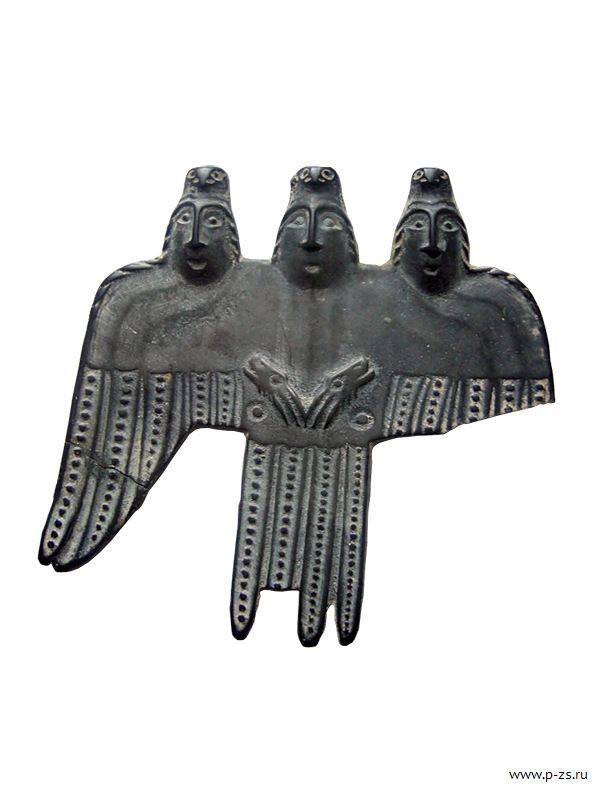
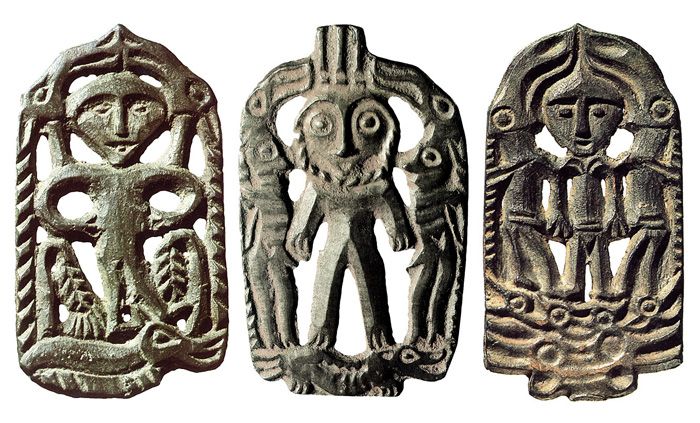 |
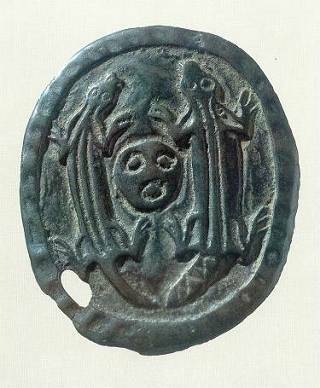 |
The figures mostly stand on lizards or other lizard-like animals that have the same general meaning as lizard. The lizard is the Serpent Power on which everything rests. In Egypt, this is evidenced in the myth of the Goddess Ammit, traditionally depicted by a crocodile, which the Chud Lizards also closely resemble. In Egypt, the popular Crocodile God is also Sebek. You can read more about the mysterious properties of similar powers in the Ancient World here:
The point is that they are three beings, two of them, surrounding one slightly different from them but usually having something in common with them, standing all together on a crocodile or lizard, usually encased in Ouroboros or somehow coiled around them by the world Serpent, their heads or top is often reborn as bird heads, or they have additional bird heads or wings or both, the point being that the top has some form of bird attributes, the bottom has lizard attributes. Often the two surrounding one are more birdlike towards the top, with a more humanoid figure in the middle. Sometimes the two creatures surround even just a countenance, or a countenance within a bird, as is often the case, and that is very characteristic of the Animal Style, somewhere at the level of the torso of a bird, topped by three heads of the same bird.

Above you see a two-headed lizard from below or even two spiders, two humans in the shoulder area and all wrapped in Ouroboros. From above the head there may be other faces resembling the 8th or 8th and 9th Chakras, traditionally attributed to the space above the head. And this space may also have additional branches in the form of birds according to the gods. In other words, lizards and serpents seamlessly transition into birds and humans.
And here is how the ravens of Hugin and Munin, Thought and Memory, were depicted on Odin’s shoulders:
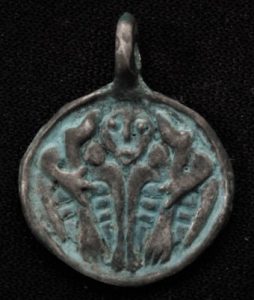 |
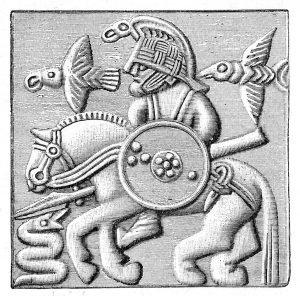 |
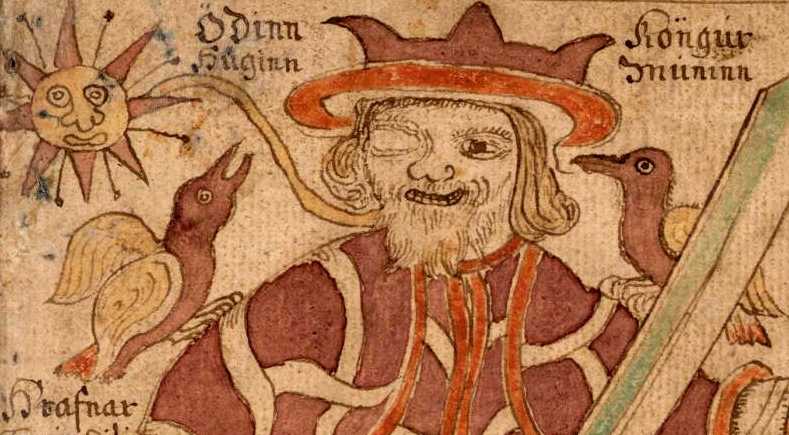
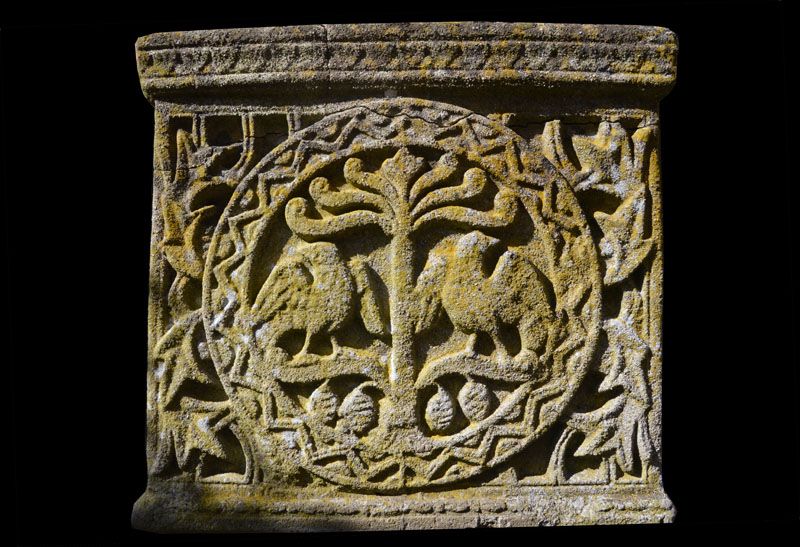
Above is an image of the ravens of Hugin and Munin on the Tree of Life. Below, the traditional image of the Sumerian Tree of Life, note the paired symbols – goats pinching the upper branches of the Tree of Life are facing each other as well as the Serpents Ida and Pingala from the shoulders of Zahhak and all the paired symbols of the Animal Style of the Ural Perm Chud above. These are quite obviously variations on the same theme. Moreover, further on you see that the Sumerian Gods were also depicted around the Tree of Life in exactly the same way. This is clearly the same message, stretching back through the millennia and changing, including into blasphemous images with the advent of early forms of abrahamism.
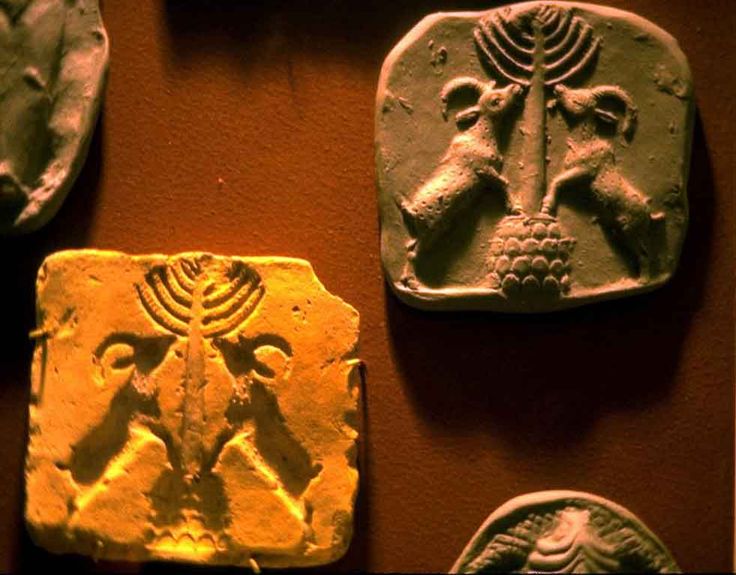
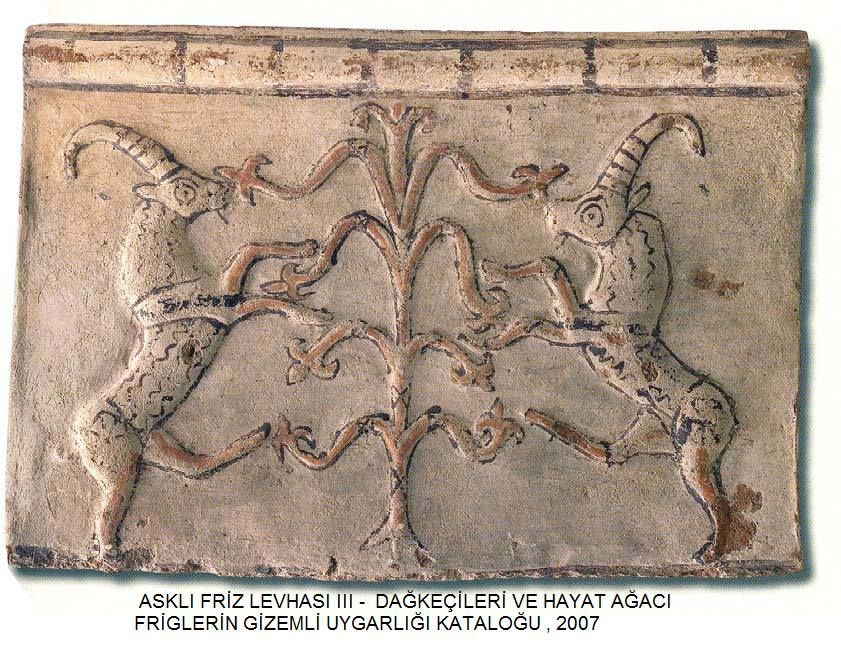

Why did an absolutely Pagan allegory of Pagan origin form the basis of the legend of jewish evil? I believe that, given the ancient evidence that Ahriman and Zahhak were worshipped as Gods in Ancient Iran, later innovations have perverted this to fit the jewish attempt to steal the power of the Serpent from us and abuse it. The age-old legend of power struggles and the use of mysterious forces for evil goes back too far in time, which is why Wagner’s opera The Ring of the Nibelungs and all such plots move us so much. And that is why this theme unites the Chud, Sirtja (from the word Si)***, Sid (Sid / Siddhi / Shi or Tuatha de Dannan) – Chud / Cud / Sid seems to be one word, also cognate with the word Qi, Shi or Siddhi in the Far East, meaning mysterious spiritual Power, and they both went underground under similar circumstances – the legends of Odin and the Ring of the Black Elves / Nibelungs with the legends of Ancient Iran. This is a common Indo-Aryan theme of legends going all the way back to Babylon and the very Dawn of our civilization.
***The meaning of the word “Sihirti” (“Sirti”, “Si-irti”) is explained as a derivative of the verb “Sihirtz” – to acquire an earthy skin color, to alienate, to avoid, from the name of the beetle “Si” – the soul of the deceased turns into it, and, finally, from “Si” – an opening, a hole.
Source https://www.dopotopa.com/a_komogortsev_tainstvennaya_chud.html
